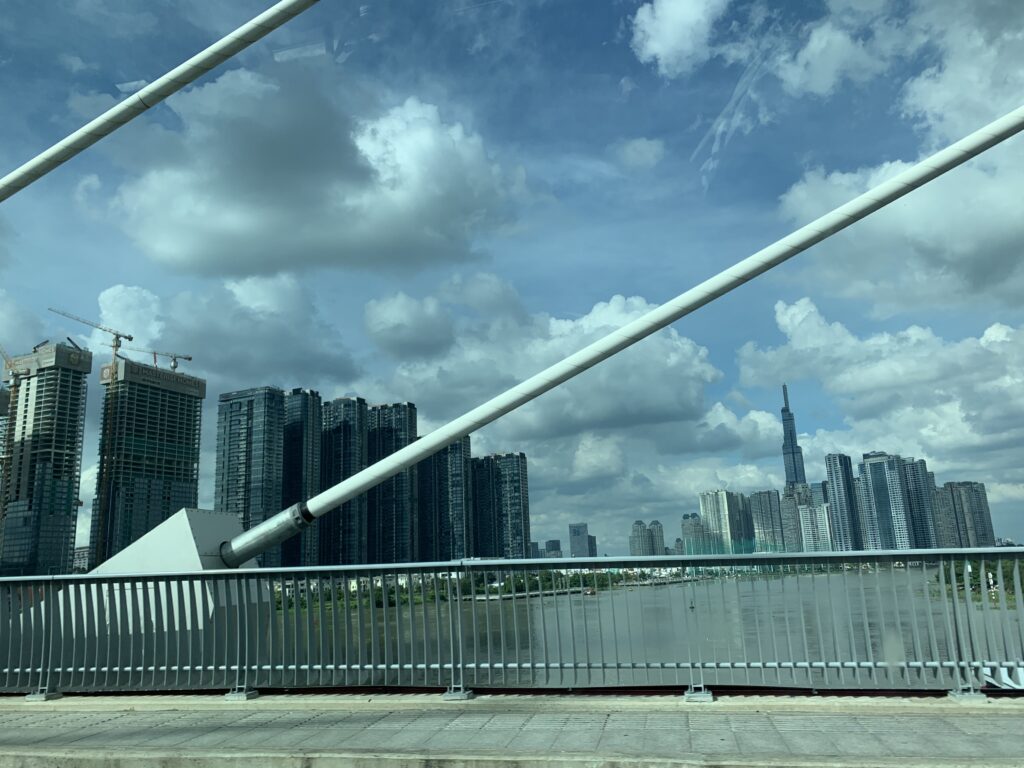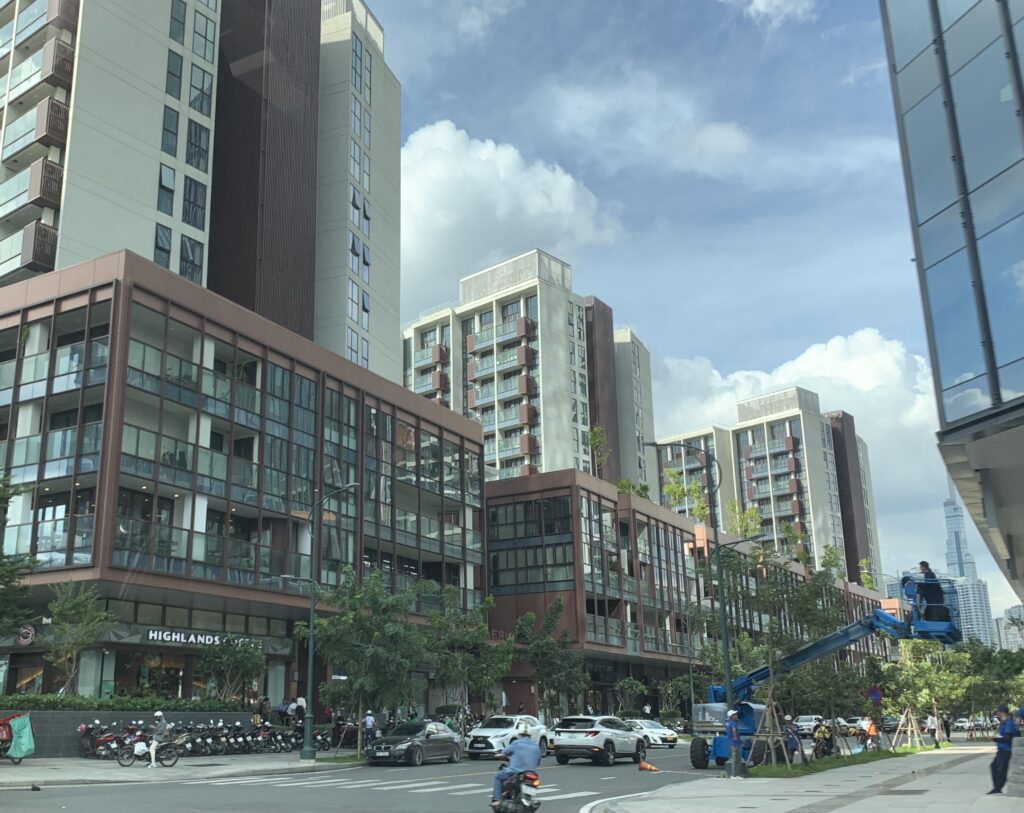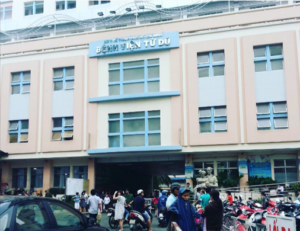

In 2015, when we invested in a pediatric clinic, Ho Chi Minh City was already undergoing a construction boom, even without a fully developed subway system. Fast forward to 2023, a glance at Districts 1 and 2, and Binh Thanh District reveals a landscape transformed into an urban metropolis, replete with towering buildings and condominiums.
Despite the development of the subway system, operational delays persist due to financial deficits and other challenges (with Line 1 anticipated to commence in 2024).
Questions about occupancy rates in commercial buildings and condos also remain.
The city, however, clearly reflects significant corporate expansion and a notable increase in salary bases. Given Vietnam's youthful demographic, conditions are ripe for economic revitalization. With escalating educational standards and increasing international investment and talent exchange, Vietnam's growth in various sectors is inevitable.
Visits to medical facilities reveal that the VIP charge for a complete health check-up exceeds 300,000 yen, and there’s often a month-long wait during peak periods, signifying the emergence of a substantial affluent class. The realization that standalone houses in Binh Thanh District's development area cost around 500 million yen is indicative of an evolving landscape that was previously unimaginable.
I believe that over the next 10 to 20 years, Vietnam will continue its upward trajectory, potentially joining the ranks of developed nations.
Yet, as local physicians note, the healthcare infrastructure remains rudimentary and the medical workforce thin. Despite international support, matching Japan's healthcare level will require more time.
The increase in the elderly population necessitates the development of a comprehensive aged care system, which is still in its infancy.
At Healthcare Asia, we see significant room to contribute. Working with various Japan-Vietnam partners, we aim to forge new values and progress our endeavors. (Written by: Yuji Ishii)
Despite the development of the subway system, operational delays persist due to financial deficits and other challenges (with Line 1 anticipated to commence in 2024).
Questions about occupancy rates in commercial buildings and condos also remain.
The city, however, clearly reflects significant corporate expansion and a notable increase in salary bases. Given Vietnam's youthful demographic, conditions are ripe for economic revitalization. With escalating educational standards and increasing international investment and talent exchange, Vietnam's growth in various sectors is inevitable.
Visits to medical facilities reveal that the VIP charge for a complete health check-up exceeds 300,000 yen, and there’s often a month-long wait during peak periods, signifying the emergence of a substantial affluent class. The realization that standalone houses in Binh Thanh District's development area cost around 500 million yen is indicative of an evolving landscape that was previously unimaginable.
I believe that over the next 10 to 20 years, Vietnam will continue its upward trajectory, potentially joining the ranks of developed nations.
Yet, as local physicians note, the healthcare infrastructure remains rudimentary and the medical workforce thin. Despite international support, matching Japan's healthcare level will require more time.
The increase in the elderly population necessitates the development of a comprehensive aged care system, which is still in its infancy.
At Healthcare Asia, we see significant room to contribute. Working with various Japan-Vietnam partners, we aim to forge new values and progress our endeavors. (Written by: Yuji Ishii)
- Categories
- Asian Healthcare Blog

